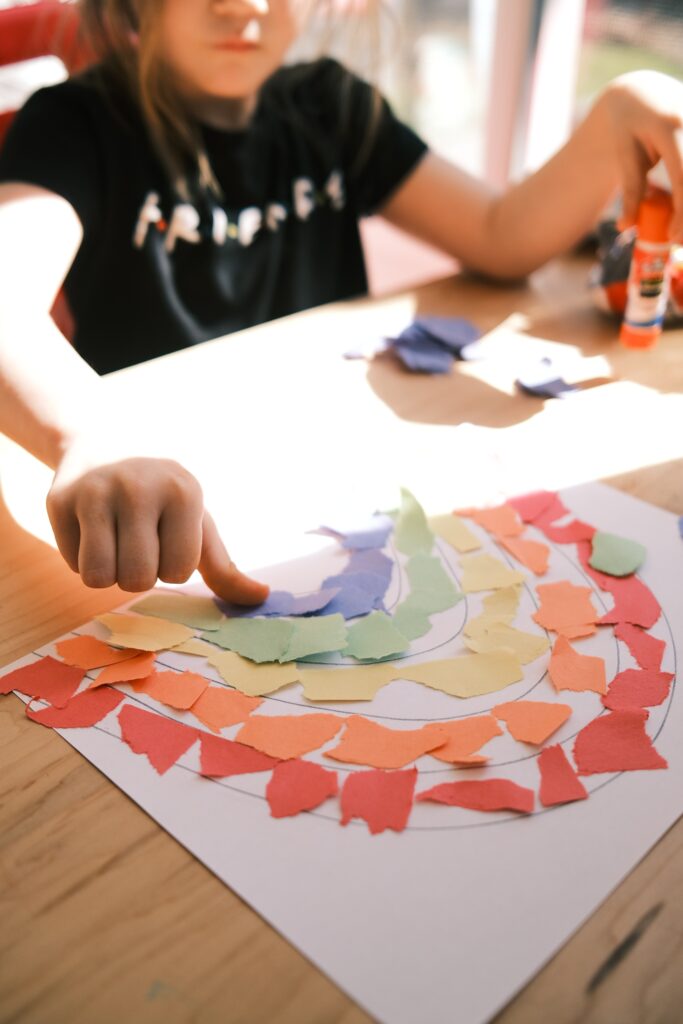Understanding whether a product is safe for children with allergies can often feel like navigating uncharted territories, but it doesn’t have to be. Whether you’re a parent, caregiver or teacher, your primary concern is always the wellbeing of the child. This article is going to guide you through the process of confirming the safety of a product for allergic children. With careful research, plenty of vigilance, and a dash of common sense, you can make the right choices that will ensure the safety and happiness of the child in your care. Let this be your trusted companion in making informed decisions about products for children with allergies.
Understanding Allergies in Children
Knowing if a product is safe for a child with allergies often begins with understanding the nature of allergies themselves. Allergies are essentially reactions of the immune system to particular substances and can manifested in a number of ways.
Common types of allergies in children
Some of the most common types of allergies in children include food allergies, skin allergies (such as eczema), airborne allergies (like hay fever or asthma), and allergic reactions to insect venoms. The allergens – the substances that set off these allergies – vary greatly depending on the type of allergy.
Symptoms of allergies
Allergies can manifest in numerous ways, but some common symptoms include hives, rashes, a runny or congested nose, watery or itchy eyes, sneezing, wheezing, or having difficulty breathing. Gastrointestinal problems like diarrhea or nausea might be a sign of food allergies.
Risk factors of allergies in children
Certain factors can heighten the risk of a child developing allergies. This includes a family history of allergies, not being breastfed, exposure to tobacco smoke or pollution, or having existing allergic diseases like asthma or eczema.
Possible Allergens in Children’s Products
When it comes to products for children, certain items could contain potential allergens which can trigger reactions.
Common allergens in food products
Some food products can contain allergens like peanuts, milk, eggs, tree nuts, wheat, soy, fish, and shellfish, which are the most common food allergies in children.
Common allergens in toys
Toys, particularly those made from plastic, might contain allergens such as latex or phthalates. Stuffed toys can also harbor dust mites, a common allergen.
Common allergens in skincare products
Skincare products, even those designed for children, can contain allergens like fragrances, parabens, or certain preservatives.

This image is property of images.unsplash.com.
Reading Product Labels Correctly
Ensuring a product is safe for your child involves checking product labels to understand what’s in the item.
Understanding ingredients list
Ingredients are listed in descending order of quantity, so those at the top have the highest concentration. If your child is allergic to a specific ingredient, you need to look for this in the list.
Spotting potential allergens
Symbols or warnings on the label could indicate the presence of allergens. For food products, allergens are commonly outlined or bolded in the ingredients list.
Understanding allergy warnings
Warnings like “may contain” or “produced in a facility” signal potential cross-contamination with allergens.
Special Consideration for Food Allergies
Managing food allergies requires extra attention to what your child is consuming.
Common food allergens
As mentioned earlier, common food allergens include peanuts, milk, eggs, tree nuts, wheat, soy, fish, and shellfish.
Hidden allergens in food labels
Look out for hidden allergens, like ‘casein’ for milk, or ‘albumin’ for eggs. Another word for peanuts might be ‘arachis oil’.
Avoiding cross-contamination
Cross contamination can occur when safe foods come into contact with allergens. Separate cooking utensils and surfaces should be used to prevent this.

This image is property of images.unsplash.com.
Special Consideration for Skin Allergies
Like food, skincare should also be handled carefully.
Recognizing potential irritants in skincare products
Common irritants include fragrance, dyes, parabens, and formaldehyde-releasing preservatives like quaternium-15.
Choosing hypoallergenic products
Hypoallergenic products are designed to minimize allergic reactions as they use ingredients less likely to irritate the skin.
Testing products for allergic reactions
Perform a patch test by applying a small amount of the product on the forearm and wait for at least a day to see if any reaction occurs.
Addressing Allergies in Toys and Play Materials
Toys can also be a source of allergens for children.
Identifying potential allergens in toys
Recognize potential allergens in toys, like latex in balloons or rubber toys, metals in jewelry or toy cars, and dust mites in stuffed toys.
Choosing hypoallergenic play materials
Opt for toys marked as hypoallergenic. These are designed to be less likely to cause an allergic reaction.
Understanding safety standards for toys
Bear in mind the safety standards for toys in your country, which often includes regulations on certain allergens.

This image is property of images.unsplash.com.
Communicating with Manufacturers and Retailers
If you have doubts about a product, contact the manufacturer or retailer.
Asking the right questions
Ask if the product could contain the allergen, or if there’s a risk of cross-contamination during production.
How to get in touch with manufacturers
Manufacturers can be contacted through their customer service line or email, which can usually be found on the product packaging or their website.
Understanding manufacturers’ responsibilities
Manufacturers are legally obliged to disclose certain allergens in their products but remember that regulations differ by country.
Getting Professional Advice
Never hesitate to seek professional medical advice if you are unsure about managing your child’s allergies.
Working with your child’s doctor
Take your child’s symptoms seriously and make sure you discuss them with your doctor.
Consulting an allergist
An allergist is a doctor who specializes in allergies and can provide expert advice and treatment options for your child.
Understanding allergy tests
Tests like skin prick tests, blood tests, patch tests, or supervised food challenges can help diagnose allergies.
Managing Allergies in School and Play Settings
Allergies also have to be managed outside the home.
Educating teachers and caregivers about your child’s allergies
Ensure that teachers, kindergarten staff, and other caregivers are fully aware of your child’s allergies and know what to do in case of an allergic reaction.
Creating a safe environment
Advocate for a safe environment for your child, such as a nut-free table in a lunch room.
Handling allergy emergencies
Equip caregivers with an allergy action plan and necessary medications like an EpiPen for emergency situations.
Long-Term Management of Child Allergies
Managing allergies is a long-term process that will evolve as your child grows.
Promoting awareness and self-care in your child
As your child matures, educate them about their allergies and teach them to manage them independently.
Monitoring and adapting to changes in your child’s allergies
Allergies can change or even disappear over time, so regular check ups are necessary.
Being prepared for emergencies
Always have quick access to necessary medication and understand when and how to use them correctly.
In conclusion, ensuring a product is safe for a child with allergies requires understanding the nature of allergies, learning to read product labels, communicating with manufacturers, consulting with healthcare professionals, and fostering an environment – both home and outside – where your child’s allergies are acknowledged and respected.

